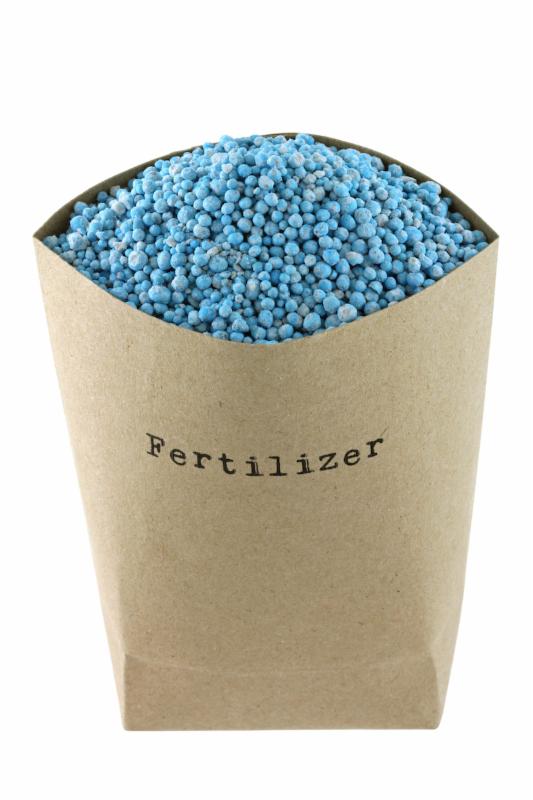The nutrients in the soil this summer will soon be a thing of the past as harvest nears. That means it's time to plan for fall fertilization, and there are no two ways about it, according to Craig Loen, Federated agronomist at the Osceola location: "Always work off a soil sample that is no more than four years old."
Grid and composite soil samples take up to seven days to get results back from the lab, so plan accordingly. Federated can do the sampling, or growers can do it themselves, but it's important not to miss this important step.
"Composite soil samples are inexpensive when you weigh it against the

information they provide," said Loen.
"Grid sampling (in 2.5 ac. Grids)," on the other hand, said Loen, "is an excellent way to determine nutrient needs across the field, and you can see the variability of nutrients."
Fall is an excellent time to fertilize with ag lime (pH), phosphorous (P), potash (K), and elemental sulfur (see adjacent article). With grid sampling, these products can be applied with variable rate technology (VRT) to maximize their effectiveness. Up to two products can be applied simultaneously with VRT.
The best time for fertilization in the fall is as soon as the crop is removed and prior to tillage. "We want to have the fertilizers incorporated into the soil to prevent movement from rain, snow, and melting," said Loen. P, K, ag lime, and elemental sulfur move very little in the soil profile; tillage helps to break them down to the nutrients are available for plants in the spring.
Fall is also the ideal time for other reasons:
- Fall fertilization helps lighten your load for spring field preparations and planting.
- Fall application allows you to plant when the conditions are right -- no need to wait until you get the fertilizer applied. You can side dress N after planting.
Contact your Federated Agronomist with any questions about fall fertilization or to schedule soil sampling. Don't miss the opportunity to nourish the soil for next season's crops.